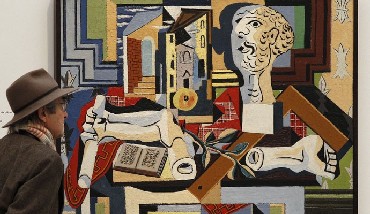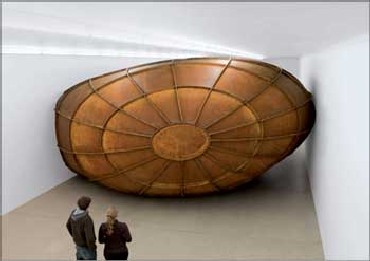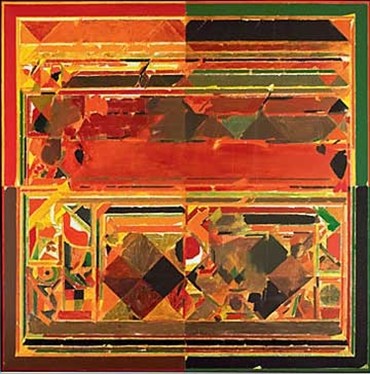
There are cheaper versions available that work for both decorative and investment purposes.
Manu Dosaj, owner of Delhi-based art gallery Gallerie Alternatives, is frequently asked this question, "Can you suggest an artwork, which is cheap yet elegant, for my house or office. Also, something that can fetch me good money in the future."
Such buyers are completely different from collectors. "Collectors purchase high value art with no objective of selling it," says Dosaj. But there are buyers who want to actually do this - buy cheap and sell at a profit.
For many, art as an investment avenue does not work. All asset classes, such as property, stocks and bonds, help a person earn through rentals, dividends and interest, respectively. Art does not generate any such income. In fact, it incurs negative income in the form of storage and associated costs.
...

The art market is illiquid, opaque and unregulated. The price while selling the artwork depends on the buyer's taste and emotions as well as the prevalent trends.
The transaction costs, too, can be high. In addition, the Indian art market is especially shallow, with relatively few buyers. For individual buyers in the country, art investment is equal to buying lottery tickets.
No wonder, when gallery owners say these points about art to sellers or retail buyers, there is a sudden drop in their interest and budgets.
Sunil and Visha Seth, a non-resident Indian couple, had a budget of Rs 15 lakh to put up five-six pieces in their new house in Mumbai. They decided to start small.
That is, develop a taste and understanding first. Then, buy slightly expensive works as they become comfortable. Most art experts feel it is the right way to start out.
...

Starting out
Budget does not really matter. There is art for all budgets. You can buy artworks for as low as Rs 5,000-10,000.
The best way to start is to draw a budget for each piece of artwork. The next step is to go on websites of well-known galleries and auction houses, and shortlist works that appeal your taste and preference.
For instance, if you visit Saffron Art's website, you can select the price range, such as below Rs 5,000, Rs 5,001-25,000, Rs 25,000-1,00,000 and so on.
In case the price is not mentioned on the websites, send an email or call up the galleries. They will be more than willing to share it with you.
"Buying artwork is an emotional affair. The collector must like it and relate to it. If you find something in your budget, go for it without wondering about the future value," says Tunty Chauhan, owner of Gallery Threshold.
Another gallery owner says many times, collectors are unable to relate to works of most important artists in the country.
...

Making art affordable
Many collectors prefer to keep works of celebrated artists. But works of M F Husain, S H Raza and Tyeb Mehta run into crores. However, there are smaller works as well.
If you wish to own artwork of master artists, you can explore from options, such as sketches or watercolours.
You will be able to buy these artworks even below Rs 2-3 lakh apiece. These can be small-sized artworks, say 10*10 inches or thereabouts.
Another option is buying a serigraph or lithograph, which is an authorised copy of an original work created by the artist himself, and even signed by him.
If the print quality of a lithograph is excellent and the production numbers are low, it will still hold value in the art world. For instance, you can buy a lithograph of Astavinayak by M F Husain measuring 11*15 inches for Rs 25,000 (excluding taxes).
...

Before buying
Once you have shortlisted the works, visit the galleries and auction houses to see your selection. Give priority to established galleries over new ones and dealers.
"Established galleries commission artists to work for them and they know their art. They will also have better collection as compared to newer ones," says Geetha Mehra, owner of Sakshi Gallery.
On purchase
Invoice of the gallery is the most important document that you need to keep with you as long as you own the artwork.
It is the proof of the artwork being genuine, especially in case of artists, who have passed away. If the work of the artist features in any publication or catalogue, preserve the copy.